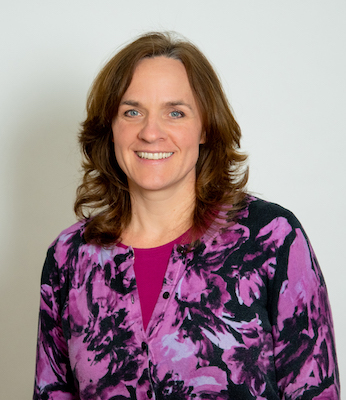On a recent road trip that took me through eastern Iowa, I found myself just 6 miles from the Norman Borlaug historical site. Yes, THE Norman Borlaug, one of the undisputed fathers of modern agriculture who was instrumental in developing high-yielding strains of wheat and rice that saved millions around the world from hunger in the 1960s.
Unsure if I’d ever find myself on that road again, naturally, I decided to take the small detour to visit the Cresco, Iowa, farm that includes Borlaug’s birthplace, his boyhood home, the family’s farm buildings and the one-room schoolhouse he attended as a child.
While there, I learned that Borlaug was born in 1914 and was raised on a 106-acre farm where his family produced all their own food with the help of three draft horses. Growing mainly corn, oats and clover/hay, they would plow, disc, harrow, plant, cultivate, mow and haul the crops to the barn and granary. Raising 40 acres of corn meant the Borlaugs hand-picked half-a-million ears each year. The first family tractor, a Fordson Model F, arrived in 1929, and Borlaug dubbed it “the ultimate freedom.”
According to the Borlaug foundation, “Norm completed studies at the University of Minnesota in 1942, in time for a wartime service as a microbiologist with the Dupont Company. In 1944, as a member of the first Rockefeller Foundation agricultural team, he moved to Mexico to guide them into self-sufficiency through farming. He flourished as a scientist, built a strong team, and together they developed a new variety of wheat, resistant to diseases, that also produced high yields. Within 12 years, semi-dwarf wheat varieties and shuttle breeding [a system that involved breeding two crops per year, in two distinct latitudes] increased Mexico’s wheat production five-fold and the country became a self-sufficient, wheat-exporting country.”
Borlaug’s work was exacting and meticulous and it required crossbreeding generation after generation of hybrids over the course of many years. Besides the satisfaction of helping developing countries become self-sufficient in food production, his efforts earned Borlaug the Nobel Peace Prize in 1970.
Considering this background, I can only imagine how astonished Borlaug would be at the objections to modern agricultural techniques and “Green Revolution” methods that seems to be on the rise. Mexico’s recent ban on glyphosate and imports of GMO corn is a good example, as it represents something of a reversal of attitude for a country that just a little more than 60 years ago became self-sufficient with the help of Borlaug and his team.
Taken out of context, it’s easy to find fault in modern agriculture methods, as evidenced by the reams of bad press received by the rather demonstrably non-toxic glyphosate and GMO crops. But when you consider the unmechanized — and therefore time-consuming, labor-intensive and low-yielding — history of the industry, it’s easy to understand why Borlaug and his peers were so driven to deliver higher yields and better quality for the growing world population.
This isn’t to say farmers shouldn’t reconsider certain practices and make changes where they make sense. No-till and cover crops are the perfect example of finding a “better way” to achieve healthy yields while keeping man hours, destructive tillage and inputs at a minimum. Crop breeding, of course, has developed by leaps and bounds over the past few decades, spurred on by advances in gene editing. And naturally, there are any number of ways that GPS and precision agriculture are helping farmers be more efficient and effective.
As the global population continues to grow, farmers will need all available tools to continue to feed the world as sustainably as possible. Hats off to Norman Borlaug and other visionaries like him that revolutionized the once back-breaking work of growing food.
I wonder what he would’ve thought of no-till and cover crops. What do you think?






